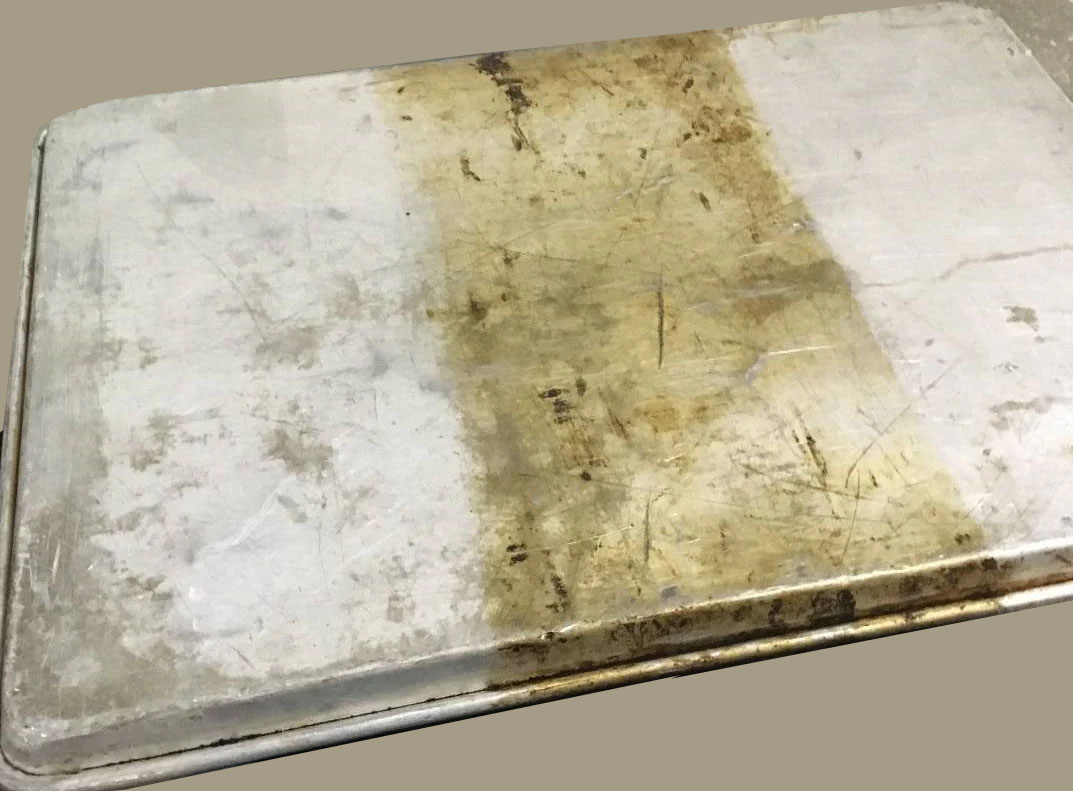In a food manufacturer’s sanitation program, a question usually faced is “how do I remove X soil from Y substrate?” To effectively answer the question and provide the ideal solution, it will depend on a variety of factors in each situation. Before we can make a recommendation, information needs to be collected on several variables.
In our many years of providing sanitation programs, we designed and perfected a selection method called SSTARTECC. This stands for: Surface, Soil, Time, Agitation, Rinse, Temperature, Environment, Concentration, and Cost. By following SSTARTECC, an accurate determination can be made on selecting the best cleaner(s) for the job, and the best method of cleaning to be employed.
Surface: The configuration, size and material composition of the surface need to be considered in the selection of the cleaner and cleaning method. The configuration and size will dictate whether foam cleaning, a pressure wash, tunnel or cabinet washer, or immersion cleaning will be required. The composition of the surface may or may not limit the cleaners which can be used. Soft metals such as aluminum or zinc plate, or galvanized steel cannot tolerate high caustic, aggressive cleaners, nor can they tolerate most acids.
Soil: The nature of the soil and its condition are important in the selection of a cleaner. What is the soil? Is it dried, or baked, or carbonized, or pyrolyzed? Baked and carbonized soils may benefit most from being cleaned with an alkaline solution while dried scales are typically cleaned with acids.
Time: How much time is available for the cleaning process? Is there a time limitation for drying after cleaning?
Agitation: Cleaning requires agitation. How will necessary agitation be achieved? High pressure wash? High or low-pressure rinse? Ultrasonic immersion? Manual?
Rinse: Is rinsing necessary, and if so, how will it be achieved?
Temperature: Most alkaline cleaning solutions gain efficiency when heated. This rule, however, is not universal. There is a limit to solution temperatures beyond which energy is wasted. Heat will accelerate drying, but a high temperature at the wrong time can increase the difficulty of soil removal. Temperature also typically consumes fuel, which increases cost.
Environment: There are several environments to consider in industrial cleaning. The first environment is the immediate area in which the items to be cleaned are located, which may dictate cleaning methods. Atmospheric environment requires consideration of vapors which may be emitted by solvent or solvent blend cleaners. Wastewater is another environment which must be considered. Although RMC cleaners are environmentally sound, the soils removed may not be biodegradable, and may even be toxic. This should be checked occasionally with your RMC representative to determine considerations with your wastewater.
Concentration: What solution strength is necessary to accomplish the cleaning objective? While your experience helps to determine the initial dilution for a test, the final dilution is determined by the actual cleaning test.
Cost: Cost is total cost, NOT a cost per gallon. Cost is what it will cost to do the job including things like labor, safety, energy, and chemical. The cost of waste disposal will also be a factor. Incoming water costs money, and outgoing water costs far more money. Heating water costs money. The time it takes to do the job costs money in labor. Chemical cost per gallon is the least important factor. Chemical efficiency is a more important factor, which will reduce the cost of energy, labor and water management.
It is only when each variable is accounted for, that there is confidence that the proper cleaner can be selected. Alkaline cleaners should be used for greasy soils and acid cleaners for inorganic scales. Beyond the soil type, think of other conditions. Time may require that you go with a gel-like cleaner to provide a higher concentration of product and a longer contact time, while foaming cleaners allow for a longer contact time than a liquid cleaner and allow for contact on vertical surfaces. Just be aware, the concentration of a foam cleaner will be much lower compared to a gel.
For more information on the SSTARTECC process, or to have your cleaning products and process evaluated, please contact us.

